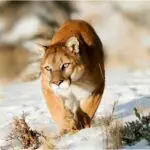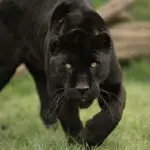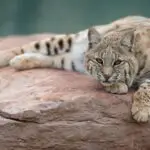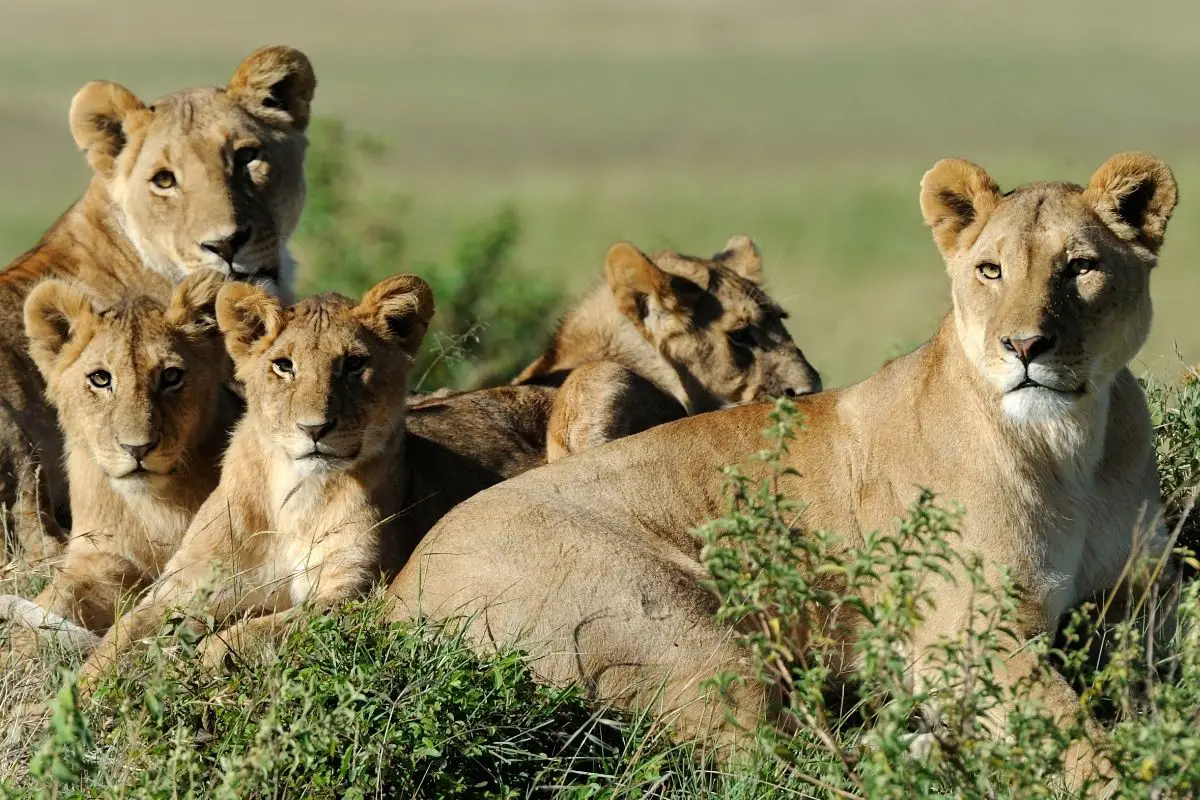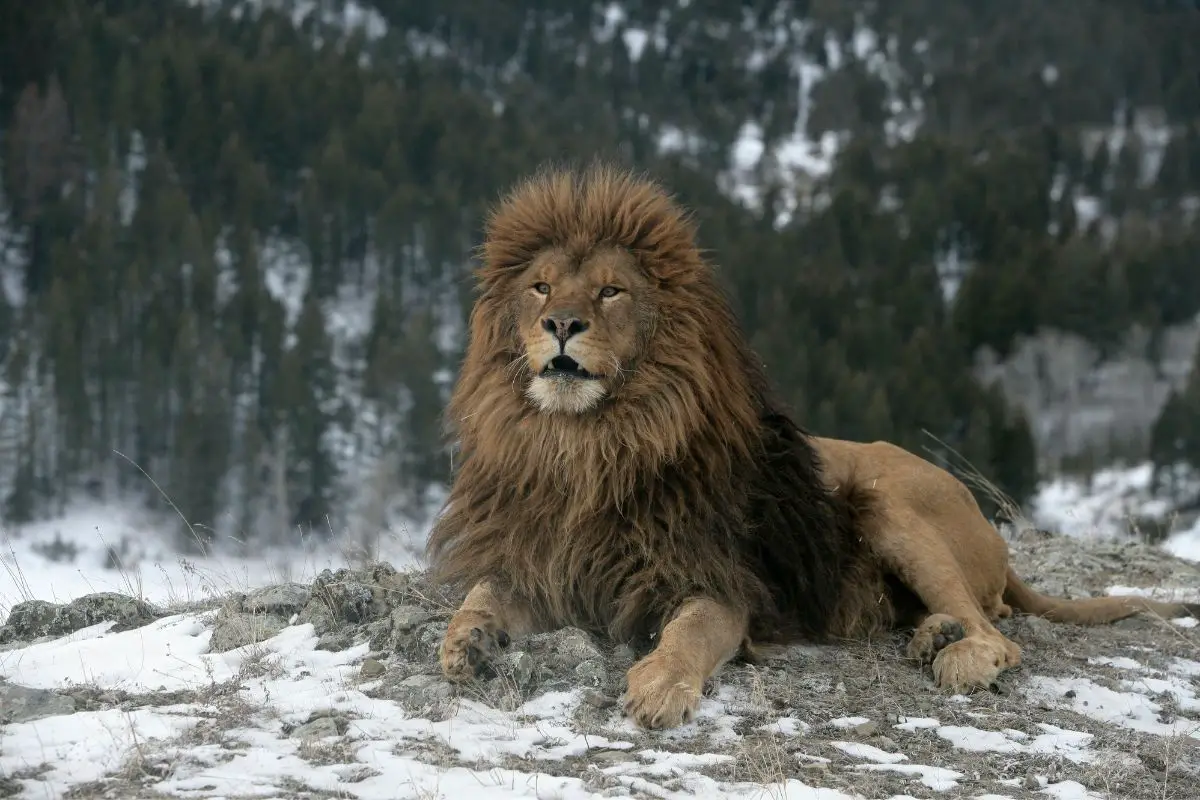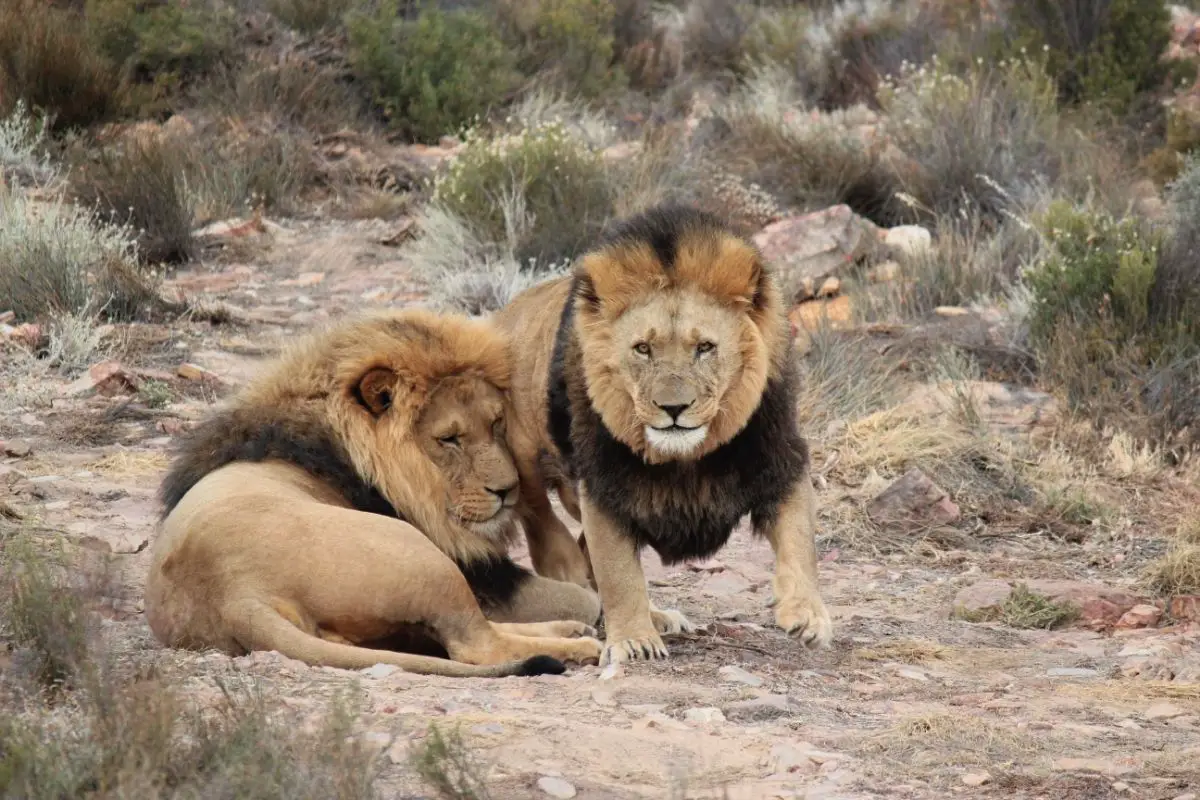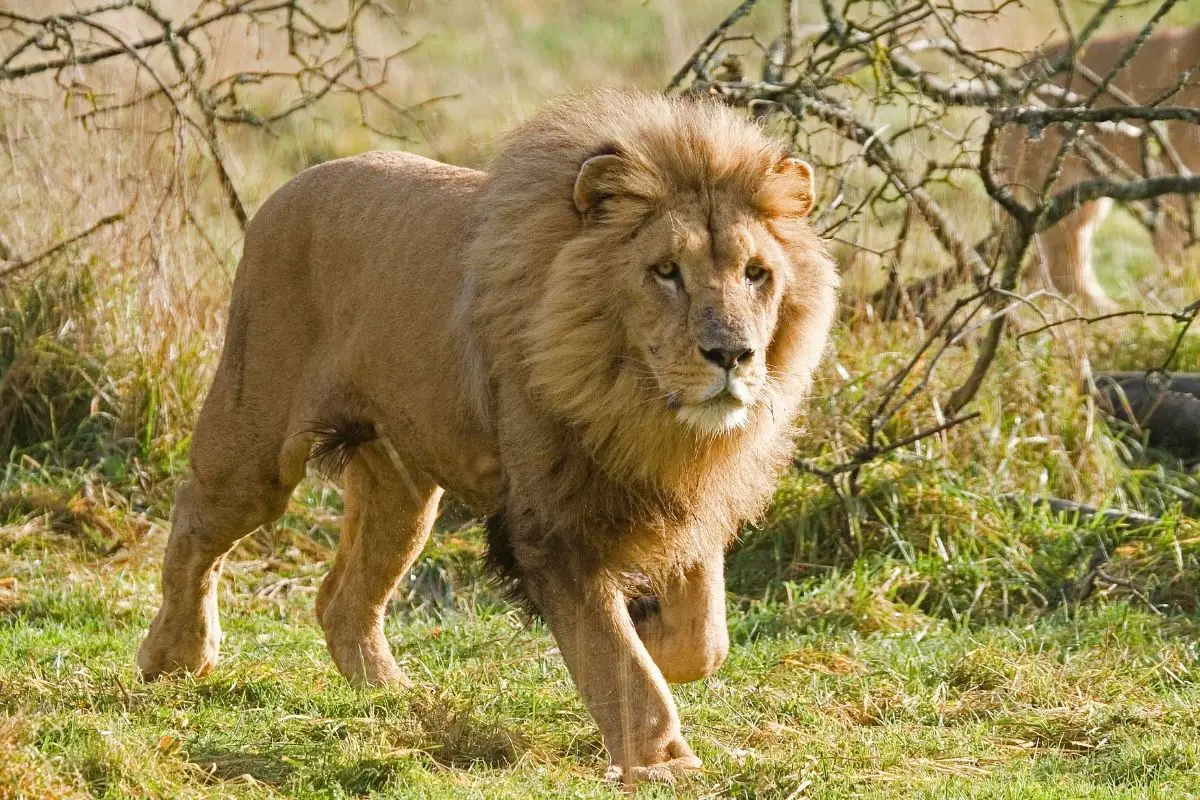Lions are some of the most fascinating and beautiful creatures in the animal kingdom.
They can be found in many places in Africa – although, unfortunately, in nowhere near as many places as they once were. Transvaal lions in particular used to be found in a much wider area than they currently are.
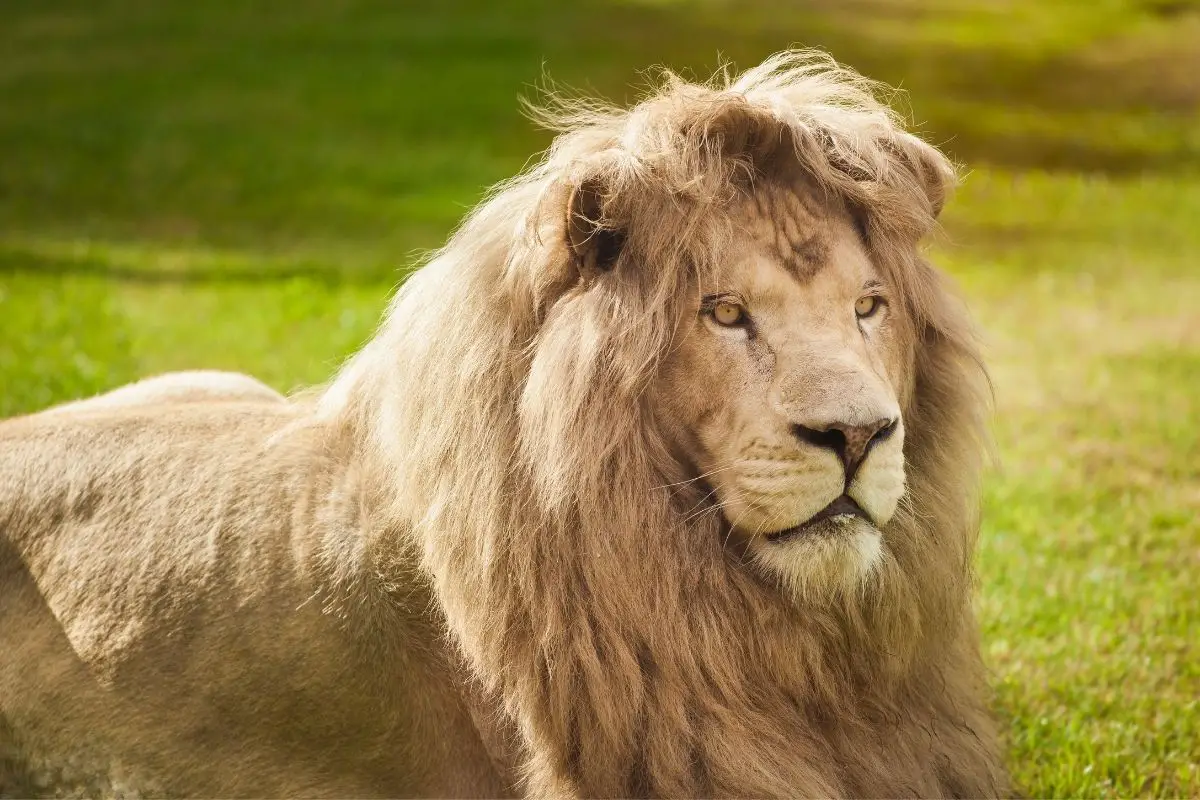
If you want to learn about the Transvaal lion, then you’re in the right place! We’ll tell you all about these magnificent creatures, including where they live, what they eat, how they hunt, and more!
How Many Transvaal Lions Are Left?
Native to South Africa, the Transvaal lion is known by a few other names. They’re also called the South AAfrican, or Southeast African Lion – and they can also be called the Kruger lion.
The scientific name for this lion is Panthera leo krugeri. This name is also sometimes considered synonymous with the currently accepted name Panthera leo melanochaita.
These lions are one of two subspecies of lion – the other being Panthera leo leo, also known as the Northern lion. P. L. Leo is found in West and Central Africa, and India.
The native habitats of this lion are the savanna and open grasslands, as they require a semi-arid climate. They’re native to the Transvaal area of South Africa, and can be found in Kruger National Park.
They can also be found in Mozambique, Zimbabwe, Namibia, and the Kalahari desert.
It is unknown precisely how many Transvaal lions exist, but it is estimated that there are around 2000 individuals living within the region of the Kruger National Park.
In East and Southern Africa, it’s estimated that there are around 32,000 lions of the subspecies Panthera leo melanochaita in the wild.
Transvaal lions, just as with all creatures in the wild, live a hard life. Not only do they have to deal with the challenges of living as hunters, but also the encroachment of the human world on their habitat.
In the neolithic era, the natural habitat for lions was far larger than it is today. Indeed, the lion in the modern day only claims a fraction of its ancestral kingdom.
They used to roam Africa, Asia, and the south of Europe, but now their domain is far smaller. Lions as a whole can now be found only in Africa, aside from one population of lions in western India.
Lion populations have declined in many areas during the 20th century. In Uganda, the lion population is estimated to have declined to less than 500 individuals.
Many countries in Africa have seen their lion populations decline through hunting, such as Botswana, Malawi, and Namibia.
The lion population has dramatically declined in Namibia due to farmers killing large amounts of lions since the 1970s.
How Big Is A Transvaal Lion?
Transvaal lions are considered to be about average size for lions overall – which means, of course, that they’re still one of the largest cats on the planet.
An adult male can have an overall body length of over 10 feet, and a fully grown female can be up to 9 feet long.
They are extremely large and strong animals – and of course, with that size, comes a lot of weight too.
An adult male Transvall lion can weigh anywhere between 350 and 550 lb! And the females can weigh between 250 and 400lb too.
This size, strength, and weight combine to make them fearsome creatures – but, of course, all of that mass needs a lot of energy to keep moving.
This, of course, means hunting – after all, lions are obligate carnivores. This means that they need to eat meat in order to survive.
Adult lions need to consume between 11 to 15lb of meat per day in order to survive.
A Transvaal lion needs to eat as much as possible to survive, as food is often scarce. They’ll usually target prey that weighs between 400 to 1200 lb in weight.
The preferred prey of these lions are zebras, giraffes, wildebeest, antelope, and warthog. The bigger the better, of course, as they never know when they’ll be eating next.
Therefore, lions will often eat more than a day’s worth of food in one sitting, consuming up to 66lbs at a time.
They’ll even rest next to their kill if they find themselves full up, so that they can carry on eating more later. This is because hunting is always a risky business.
Not only are the lions always risking injury or death when they hunt, but hunting expends energy too.
If they fail to get a kill, they might not get another chance for a long while. Therefore, they make sure that they stock up whenever they get a large kill.
Of course, if larger prey isn’t available, they’ll hunt smaller animals for food too. They’ll even steal kills if need be – scaring other predators away from kills in order to get a free meal.
Usually, when group hunting, the males don’t take part. Hunting is generally done by females.
They’re responsible for feeding the tribe, essentially – although when mealtime comes, males and the young usually get to eat first.
However, males have been observed to be successful solo hunters – so they’re not always only reliant on the females for their food.
How Long Does A Transvaal Lion Live?
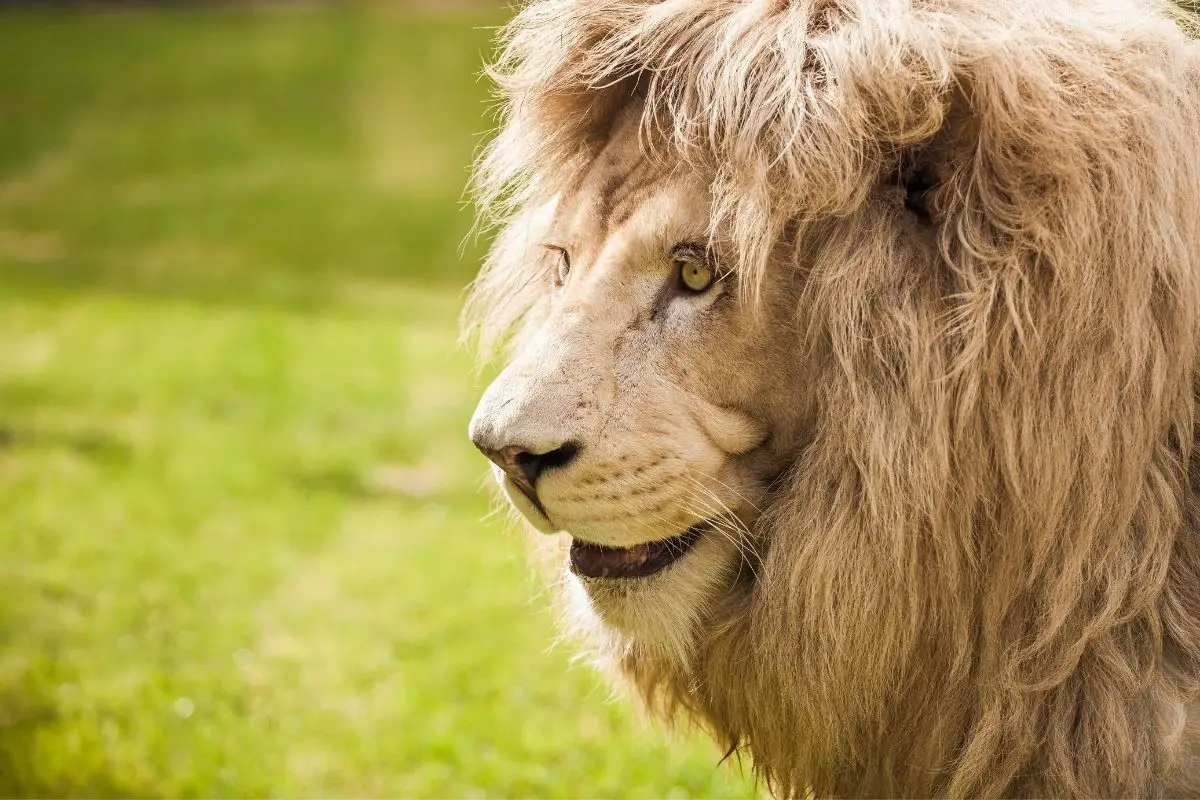
Now, let’s take a quick look at the life cycle of Transvaal lions, including how long they live for.
In the wild, Transvaal lions can live to be up to 15 years old. In captivity, they can live longer.
Transvaal lions in captivity can live for up to 30 years before the natural world reclaims them. Life is harder out there in the wild, of course.
In captivity lions get food and medical care, which can make living a longer life far more likely than living free. Of course, the true home of a lion isn’t in a zoo.
Transvaal lions can mate at any time of the year. Up to 5 cubs can be born at a time from a female lion. A female lion will give birth to lion cubs after a gestation period of around three months.
This is a fairly short gestation period, which explains why the cubs are relatively small and light when born. A newborn cub can easily weigh less than 5lbs at birth.
A cub can’t even open its eyes until it is around 3 weeks old, and will need nursing for around the first 8 months of their life. Luckily for the cub.
Females in the group will take care of all cubs, not just the ones that they give birth to. During the early months of their lives, the cubs will learn to hunt from their mothers.
At around 2 years old, the cub will leave the group. At this age, females are usually at sexual maturity.
Males reach sexual maturity by around the age of three years old. They’ll usually start getting their signature manes at around one year old, a sign of the onset of sexual maturity and the production of testosterone in the body.
The mane continues to grow up to around the age of 5 years.
Are Transvaal Lions Extinct?
Transvaal lions are not extinct, but of course, that doesn’t mean that it isn’t important to preserve them as much as we possibly can.
As with all lions, they face increasing challenges to survive, and many of these challenges are brought on and/or exacerbated by humans.
In many countries in East and Southern Africa, populations of lions have been devastated by humans. Many places have been used as hunting grounds for game hunters who wish to score a big trophy kill.
For instance, illegal hunting in Malawi and Zambia has affected local lion populations. In Kenya, over 100 lions were killed in the Amboseli−Tsavo West−Tsavo East National Park network between 2001 and 2006 alone.
In South Africa, two lion populations have been completely eradicated already.
The Cape lion population was destroyed by around 1060, and just a few decades later the population north of the Orange River was also lost.
It’s thought that there are around 2000 Transvaal lions living in the Kruger National Park. Lions used to live in the Highveld of the Transvaal region, but had been already restricted to the Bushveld area by the 1970s.
Lions have been reintroduced to areas of South Africa, but trophy hunting has continued in some areas too.
18 lions were killed for sport between Venetia Limpopo Nature Reserve between 2005 and 2001, with a further 11 being euthanized.
There are even parts of Africa where war between humans has impacted lions. Lions were killed during the Rwandan Civil War, and civil unrest in Somalia has also caused issues for lion populations.
Therefore, although the Transvaal lion isn’t extinct, it’s important that all efforts possible are made in order to slow the overall decline in lion populations.
Conclusion
Lions are such beautiful cats – as anyone who has ever seen a Transvaal lion in the wild will agree!
They’re fantastic hunters, and extremely fascinating creatures – which makes the decline in lion populations all the more tragic. Hopefully, this guide has helped you to learn all you needed to know about the Transvaaol lion!
- Sink Your Teeth Into This: Analyzing the Powerful Lion Bite Force - September 8, 2023
- Siberian Tigers: Everything You Need To Know - September 4, 2023
- Do Lions Eat Humans? Understanding Lion Aggression and Risks - September 4, 2023

